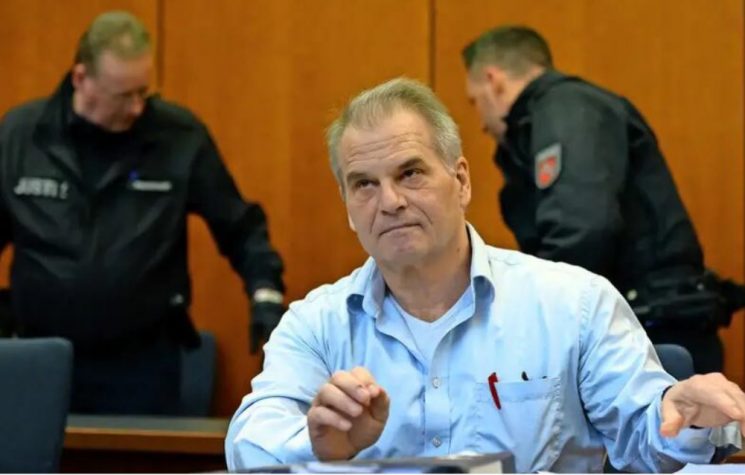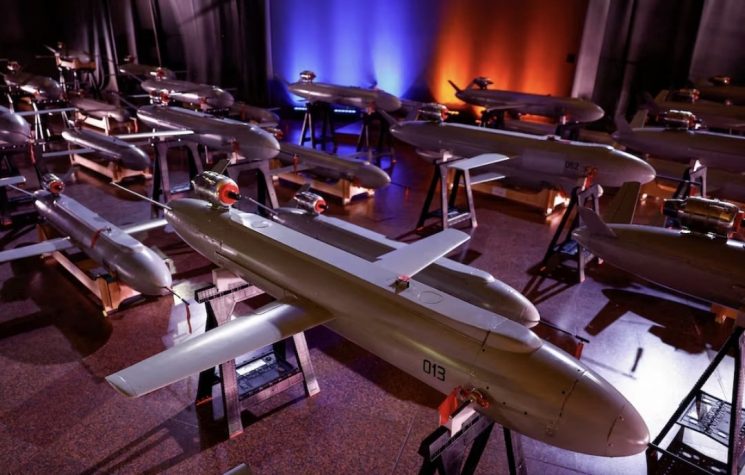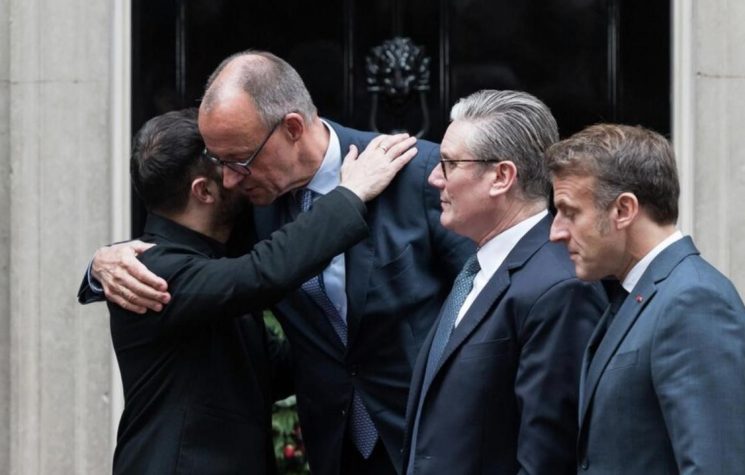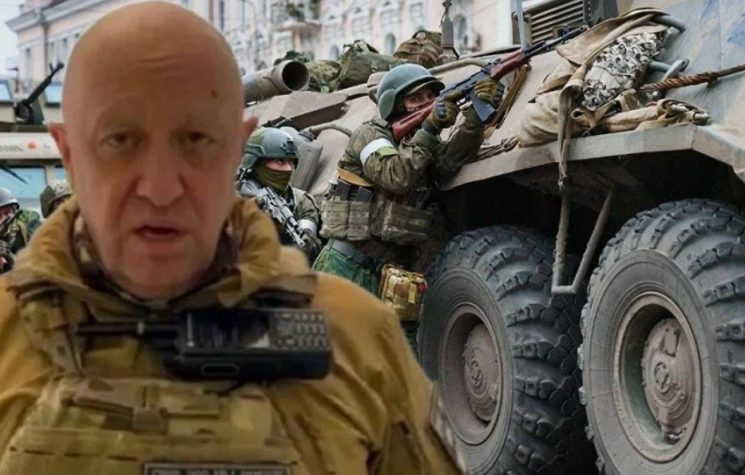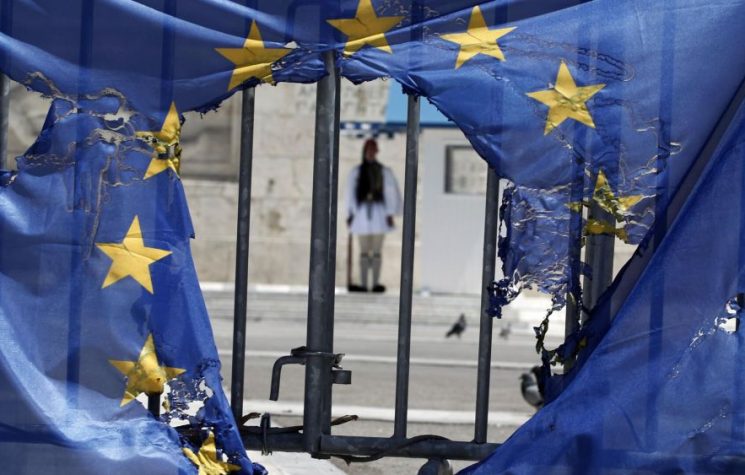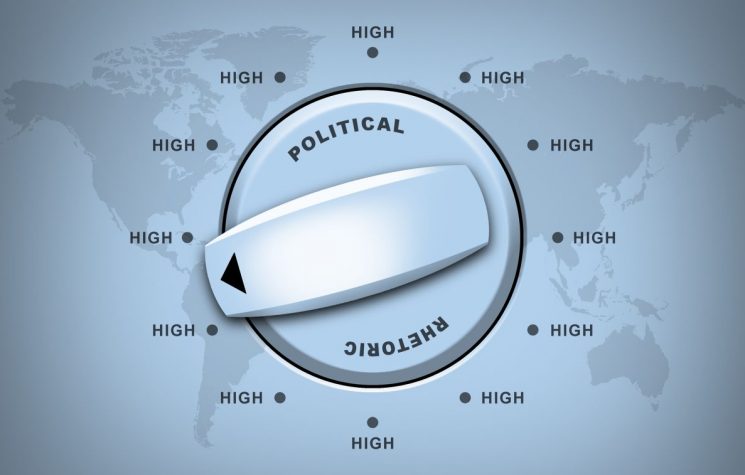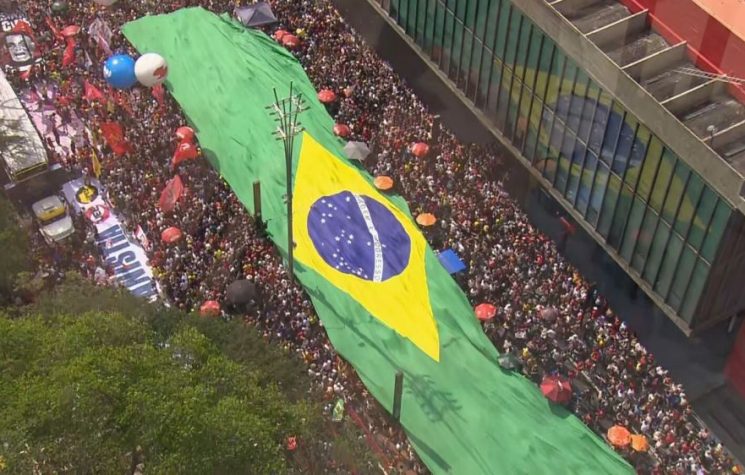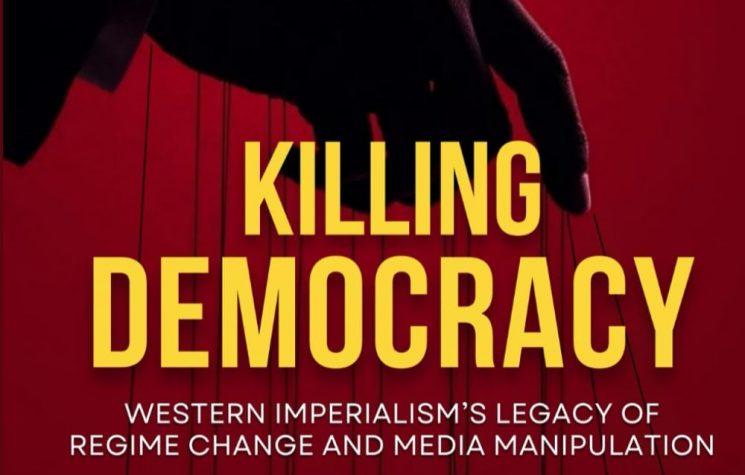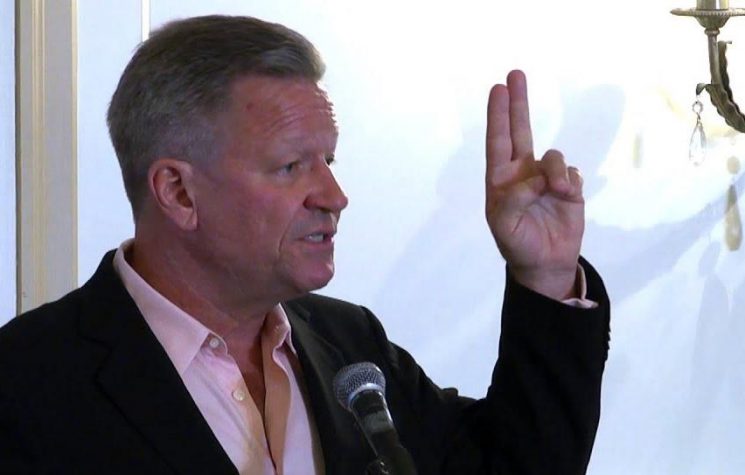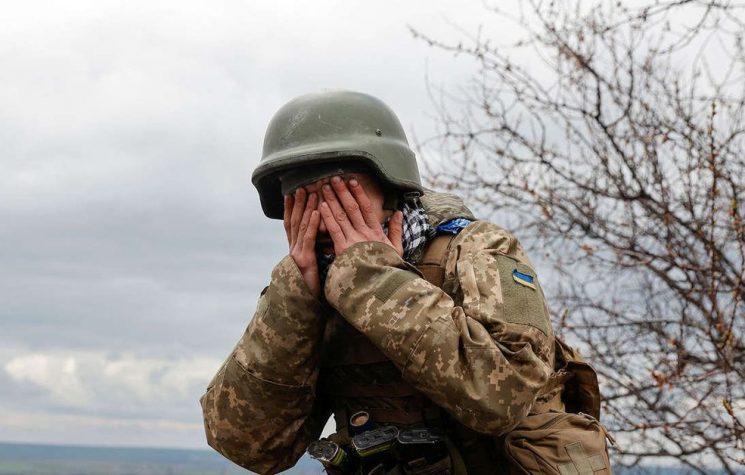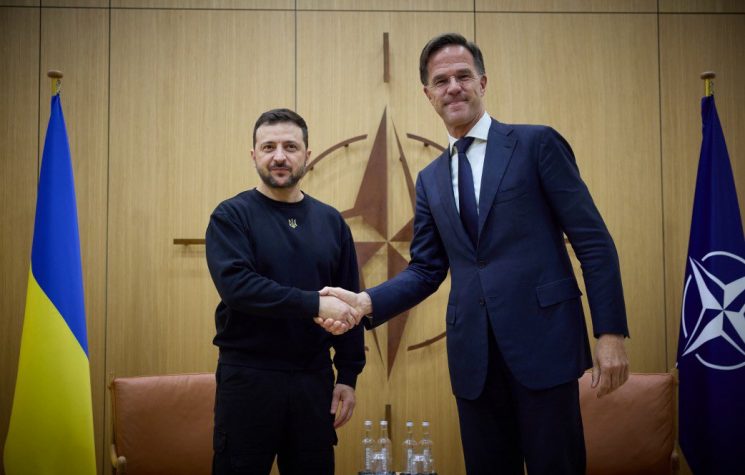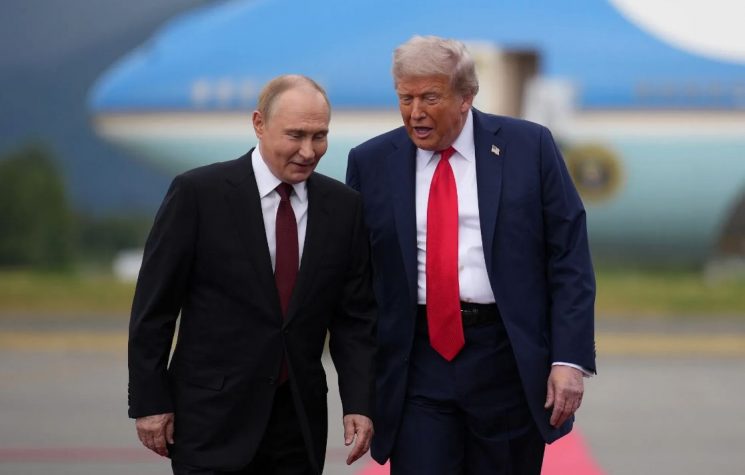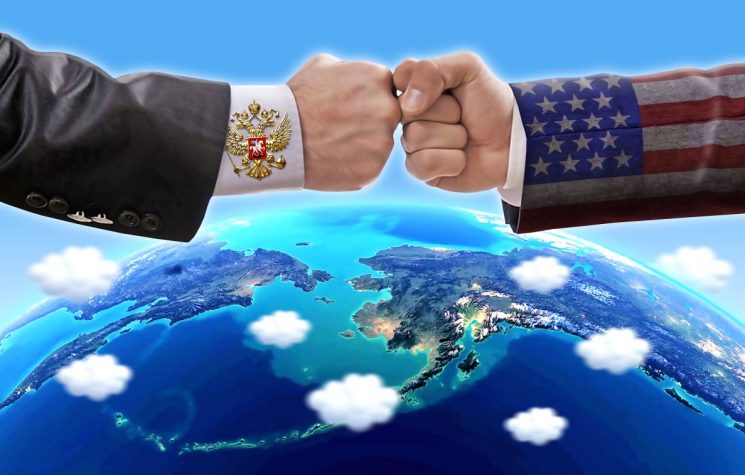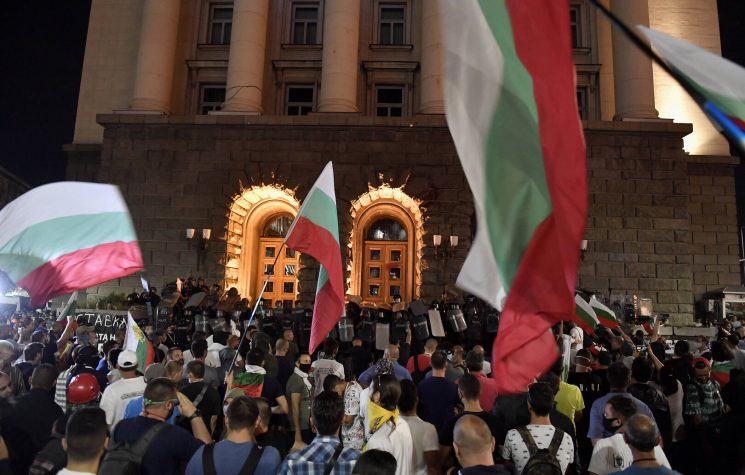We will likely never know everything that happened on June 24, 2023, but one thing seems clear: Wagner is more alive than ever among Russia’s military and society.
Join us on Telegram![]() , Twitter
, Twitter![]() , and VK
, and VK![]() .
.
Contact us: info@strategic-culture.su
Amid the turbulent developments in the Middle East, the second anniversary of a milestone event – enigmatic in nature and still a source of intrigue for analysts and strategists – has passed almost unnoticed: Evgeny Prigozhin’s so-called “March for Justice,” the alleged mutiny led by the Wagner PMC Group on June 24, 2023.
Even two years later, the event remains shrouded in contradictions. Was it a real uprising? A psychological operation (psyop)? Or something even more sophisticated – a blend of collective dissatisfaction, calculated pressure, and narrative engineering?
Russia, known for its tradition of “gray” strategies, operates like a matryoshka doll: each layer hides another, and all are simultaneously literal and symbolic, depending on perspective. In Wagner’s case, this logic was taken to a new level. What appeared to be a rupture – a direct affront to the Ministry of Defense’s high command – ultimately produced the opposite: an effect of institutionalization and multiplication of the interests, demands, and principles upheld by the “Musicians.”
What (possibly) happened?
In short, we don’t know – and will likely never know – what truly happened on June 24, 2023.
Those who have studied the history of the Wagner Group know it is not just a simple PMC but a true heroic and patriotic Russian elite – something analogous to a modern “order of chivalry” (or an Oprichnina), created by military intelligence (GRU) veterans under the direct supervision of the President of the Russian Federation. So, this isn’t just about Wagner. It’s about the siloviki elite and about Russia as a whole. And matters involving intelligence rarely become public.
The best we can do is speculate based on the available evidence and outcomes. Indeed, Wagner had complaints against the Ministry of Defense. But it would be naïve to assume that Prigozhin truly believed he could march from Rostov to Moscow without facing any retaliation. Similarly, it’s reasonable to consider that Moscow used the widespread chaos of those events to push forward certain military and institutional maneuvers.
The most reasonable answer appears to be a combination of all these elements. Wagner seems to have conducted a kind of “PMC-style general strike.” There was no real intention to reach Moscow or stage a “coup” against Shoigu, but rather to exert pressure for changes that could be seen by the Kremlin as either justified or not.
A common argument among those who defend the theory of a “full rebellion” or “coup attempt” is the occurrence of some hostilities, even resulting in casualties. What few consider – but seems a reasonable possibility – is that these hostilities were accidental or the result of communication failures. It is entirely plausible that, faced with unexpected military movements on Russian territory, regular troops took flight on jets, helicopters or set up barricades to prevent unrest, which led to some security incidents and casualties. None of this confirms or disproves any theory about what really happened – it simply shows there’s a broad range of possibilities that can’t be dismissed.
The paradox of the “failure that succeeded”
Contrary to the expectations of the Western press – which predicted harsh punishments, Wagner’s summary dissolution, and a series of purges – what we witnessed was a deep adaptation of the military apparatus. Two observations are now unavoidable:
- Changes in the Ministry of Defense did occur, though not necessarily at the time (and perhaps not for the reasons) of the March for Justice. Moscow has repeatedly reshuffled its officers and generals, constantly updating its military structures throughout the entirety of the Special Military Operation (SVO). Prigozhin’s complaints were certainly not simply “ignored.”
- Russia’s operational doctrine has become Wagnerized. Since then, Wagner’s methods and structure have spread to other armed branches: units from the Rosgvardiya and Akhmat forces – and even regular sectors of the Armed Forces – have received veteran “Musicians” and adopted some of the PMC’s tactics, organizational structure, and symbology.
If the aim was to push for reforms, the March for Justice had some degree of success. If the aim was to break institutional stability, it failed.
The Musicians’ “silent ubiquity”
One interesting experience for those living in Russia, in nearby regions or within the SVO zone, is seeing how Wagner veterans are now everywhere. I’ve been led to bomb shelters in Belgorod by Wagner Musicians during Ukrainian shelling. I once spoke to a Rosgvardiya officer on a train from Rostov to Moscow who said he was formerly with Wagner – and that after the mutiny, he was given two options: “Rosgvardiya or Akhmat.” In fact, everything seems to have “Wagnerized” in Russia over the past two years.
The practical effect of the “March for Justice” was the informal incorporation of Wagner’s logic into the Russian state. The Musicians are now everywhere – no longer in one large group separate from the regular forces. Before, there was only the Wagner Group. Now, everything is Wagner.
Traditional troops have adopted Wagner’s military ethos: warrior-like, battle-focused, and de-bureaucratized. This institutional symbiosis is reshaping the Russian Armed Forces at multiple levels:
- Tactical: Light mobility, widespread use of small groups, combined with decentralized artillery coordination and autonomous field intelligence.
- Strategic: Rapid deployment capability, use of hybrid groups (irregular/regular), attritional warfare with plausible deniability.
- Ideological: A cult of heroism, patriotic martyrdom, and military asceticism.
In other words, Wagner – despite Prigozhin’s death under still-murky circumstances – has survived as a method, not just as a force. It has become a strategic, ideological, and operational paradigm.
Lessons on Russia, its complexities, and the Multipolar World
It is reasonable to believe that what happened on June 24, 2023, provided Wagner with a kind of honorable and strategic conclusion for its participation in the SVO.
It seems clear that there was some level of conflict of interest between sectors of the Ministry of Defense and the PMC – something natural, considering the high prestige Wagner gained in Russian society after its heroic victory in Bakhmut, which overshadowed the traditional military’s role.
By dismantling Wagner’s main units and distributing its members among other Russian forces, Moscow did not “end” the PMC, but “concluded” its glorious chapter in the SVO. There was no longer a need to maintain such a large private military group or assign the Musicians constant frontline duties. The chosen solution was to downsize and absorb its soldiers, incorporating Wagner’s valuable elements into regular forces – which naturally tend toward bureaucratization, unlike PMCs.
Of course, to the Western racist mindset, it’s easier to believe that there was a radical mutiny or coup attempt, and that Prigozhin and other commanders were murdered in the controversial plane crash that occurred months after the unrest. But to the despair of Russophobic analysts, the Russian Federation is not a “gangster state” that openly eliminates “undesirable” public figures.
There is no reason to believe in political assassination – especially considering the long-standing friendship and cooperation between Putin and Prigozhin.
Neither was Prigozhin murdered, nor was Wagner “punished.” If everything was what it appeared to be, then the deal brokered by Lukashenko worked well and ended the conflict without serious consequences. The decision to distribute the Musicians among other troops was the best one – it brought the strengths of a once-isolated group into all traditional forces.
And all of this aligns fully with Russia’s current strategic interests – especially in a geopolitical transition toward a multipolar order, which increasingly demands a combative spirit against the deranged Collective West.
In the end, Russia did not dissolve Wagner. On the contrary – it absorbed it, replicated it, and disseminated it. And in doing so, it Wagnerized itself. And on the grand chessboard of multipolarity, that is a far more sophisticated move than any loud one.










